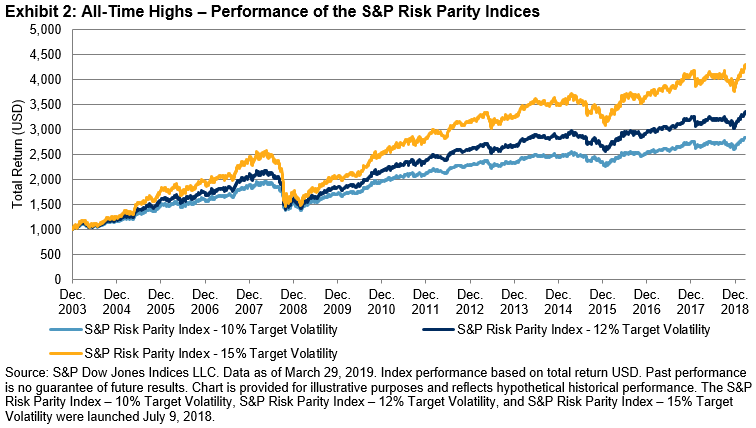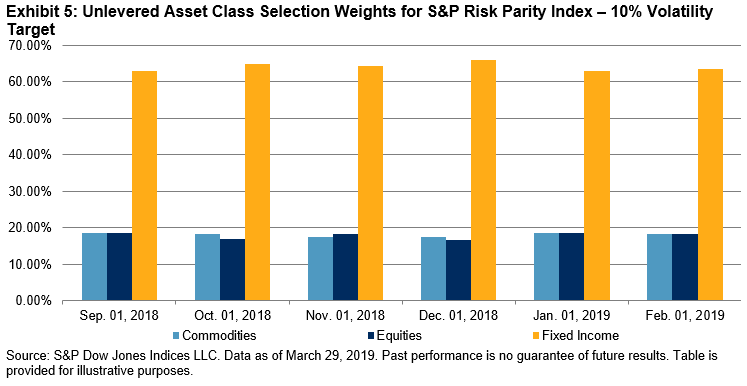Information Technology and Financial Sectors Biggest Contributors
Global S&P and Dow Jones Shariah-compliant benchmarks outperformed their conventional counterparts in Q1 2019 as Information Technology—which tends to be overweight in Islamic indices—finished the quarter at the top of the sector leaderboard while Financials—which is underrepresented in Islamic indices—underperformed the broader market. The S&P Global BMI Shariah and Dow Jones Islamic Market (DJIM) World each gained 14.3% and 14.1%, respectively, outperforming the conventional S&P Global BMI by approximately 200 bps.

The outperformance trend played out across all major regions as Shariah-compliant benchmarks measuring U.S., Europe, Asia Pacific, and emerging markets each finished the quarter ahead of conventional equity benchmarks by meaningful margins.
U.S. Equities Led the Rest of World in Q1
The S&P 500® Shariah marked its best quarterly return since the inception of the index in 2006, with a gain of 15.0%. A more dovish stance from the U.S. Federal Reserve and hopes for a U.S.-China trade breakthrough helped push U.S. equities higher in the quarter following a more tumultuous close of Q4 2018. Europe and Asia Pacific equities followed in performance, as each enjoyed double-digit percentage gains.

MENA Equities Underperformed – Country Results Varied
After MENA equity outperformance in 2018, the S&P Pan Arab Composite lagged high-performing emerging and global markets during Q1 2019 with a gain of 9.4%. The S&P Egypt BMI led the way in the region in Q1, gaining a solid 19.3%, followed by the S&P Bahrain BMI, which added 15.0%. The Saudi Arabia BMI, which was promoted to emerging market status in March, gained a favorable 14.1%. The S&P Oman BMI and S&P Qatar BMI lagged the most, falling 1.6% and 1.1%, respectively.
For more information on how Shariah-compliant benchmarks performed in Q1 2019, read our latest Shariah Scorecard.
A version of this article was first published in Islamic Finance News Volume 16 Issue 14 dated April 10, 2019.
The posts on this blog are opinions, not advice. Please read our Disclaimers.




















































